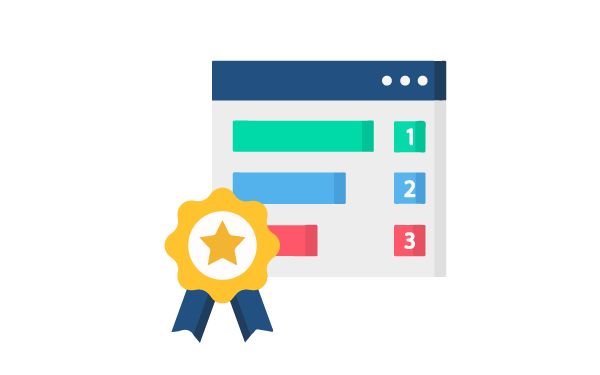Everything You Need to Know About Writing Blog Posts That Rank on Google
Creating blog content that ranks on Google is crucial for driving organic traffic and establishing authority in your niche. Effective blog posts can significantly impact your SEO strategy, helping you reach a broader audience and improve your website’s visibility. This guide will walk you through the importance of blog content for SEO, the basics of blog writing, and provide tips to help your posts rank higher on Google.
Why Blog Content is Important for SEO
Blog content plays a vital role in SEO for several reasons:
- Increases Website Traffic: High-quality, relevant blog posts attract visitors to your website, increasing your overall traffic.
- Improves Search Engine Rankings: Regularly updated blog content signals to search engines that your website is active and relevant, which can improve your rankings.
- Enhances User Experience: Well-written blog posts provide value to readers, keeping them engaged and encouraging them to spend more time on your site.
- Generates Backlinks: Quality content is more likely to be shared and linked to by other websites, which can boost your site’s authority and search rankings.
- Expands Keyword Reach: Each blog post provides an opportunity to target specific keywords and phrases, broadening your SEO reach.
The Basics of Blog Writing
Before diving into tips for ranking, it’s essential to understand the basics of writing an effective blog post:
- Understand Your Audience: Know who your readers are and what they are looking for. Tailor your content to meet their needs and interests.
- Choose Relevant Topics: Focus on topics that are relevant to your audience and align with your business goals. Conduct keyword research to identify popular and relevant search terms.
- Create a Compelling Title: Your title should be attention-grabbing and include your primary keyword. It sets the tone for your content and encourages clicks.
- Write Engaging Introductions: Start with a hook to draw readers in. Clearly state what the post will cover and why it’s valuable to the reader.
- Use Subheadings and Short Paragraphs: Break your content into digestible sections with clear subheadings. This improves readability and keeps readers engaged.
- Incorporate Visuals: Use images, infographics, and videos to enhance your content and make it more engaging. Visuals can also improve SEO if optimized correctly.
- Edit and Proofread: Ensure your content is free of grammatical errors and typos. Well-polished content reflects professionalism and credibility.
Tips to Rank Your Blog Posts on Google
Now that you have a foundation, here are some advanced tips to help your blog posts rank higher on Google:
- Conduct Thorough Keyword Research: Use tools like Google Keyword Planner, Ahrefs, or SEMrush to find keywords with high search volume and low competition. Incorporate primary and secondary keywords naturally throughout your post, including in the title, headers, and body.
- Optimize Meta Tags: Write compelling meta titles and descriptions that include your primary keyword. Meta tags influence click-through rates and can improve your rankings.
- Create High-Quality Content: Focus on providing valuable, in-depth content that thoroughly covers the topic. Aim for longer posts (1,500+ words) as they tend to rank better. Ensure your content is original and avoid keyword stuffing.
- Use Internal and External Links: Link to other relevant posts on your website to keep readers engaged and improve your site’s structure. Include external links to reputable sources to add credibility to your content.
- Optimize Images and Videos: Use descriptive file names and alt text for images and videos, incorporating relevant keywords. Compress images to improve page load speed, which is a ranking factor.
- Improve Page Load Speed: A fast-loading website enhances user experience and is favored by search engines. Use tools like Google PageSpeed Insights to identify and fix issues.
- Ensure Mobile-Friendliness: With the majority of searches coming from mobile devices, having a mobile-friendly website is crucial. Use responsive design to ensure your blog looks good on all devices.
- Promote Your Content: Share your blog posts on social media, email newsletters, and other platforms to increase visibility and drive traffic. Engage with your audience by responding to comments and encouraging discussions.
- Monitor and Update Your Content: Use tools like Google Analytics and Google Search Console to track your post’s performance. Regularly update older posts with new information and optimize them for current SEO best practices.
At HTC, our established writers and editors are also SEO masters! We craft compelling content that complies with SEO best practices to ensure our clients rank well on Google.
Download our 17-Piece Digital Marketing Toolkit for more information on our blog marketing and SEO services.


